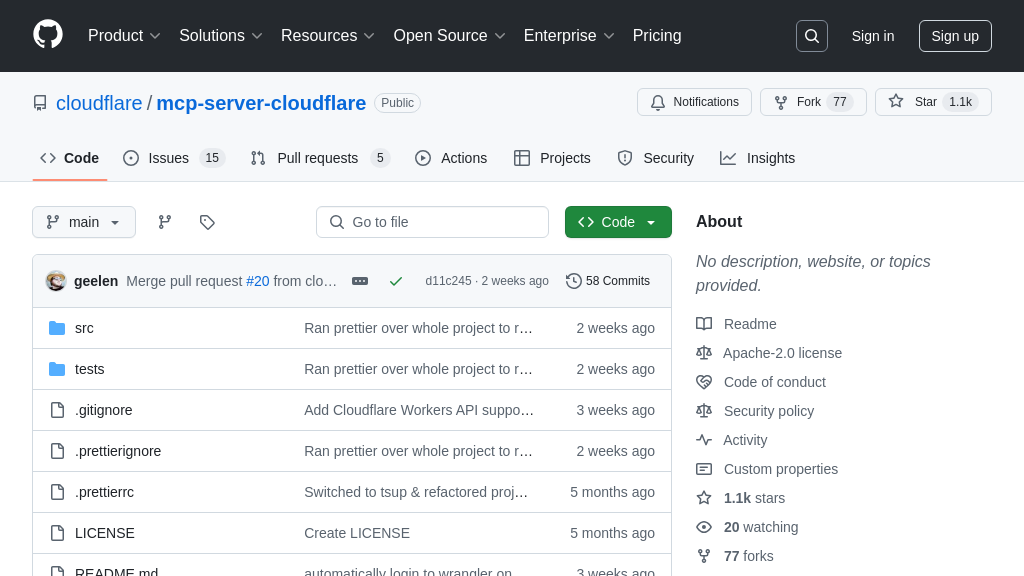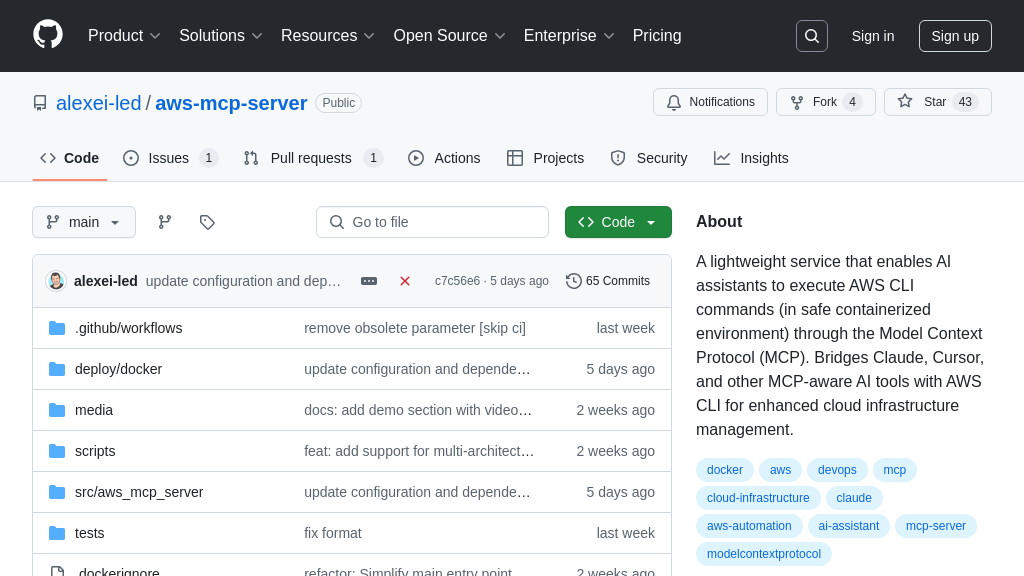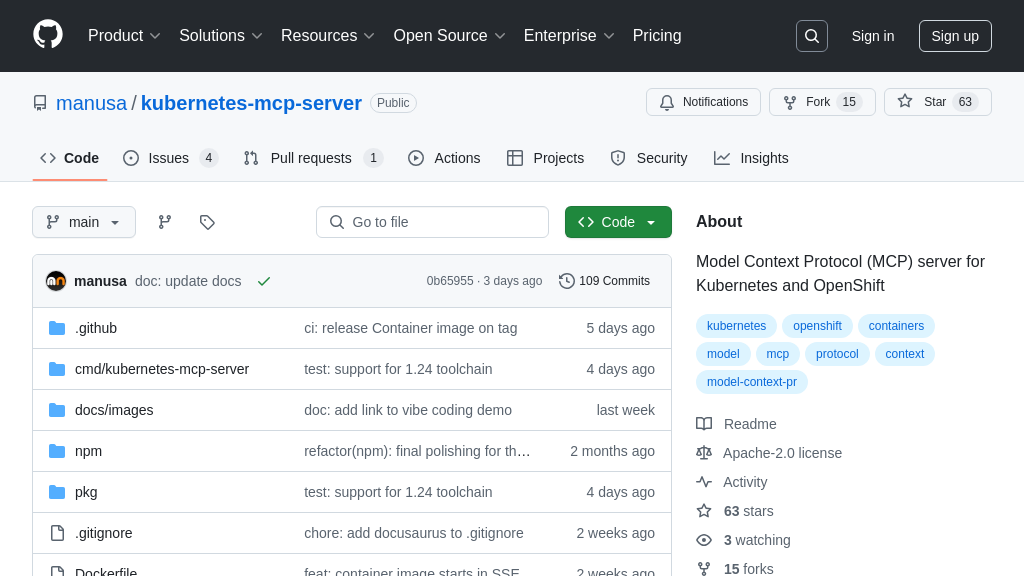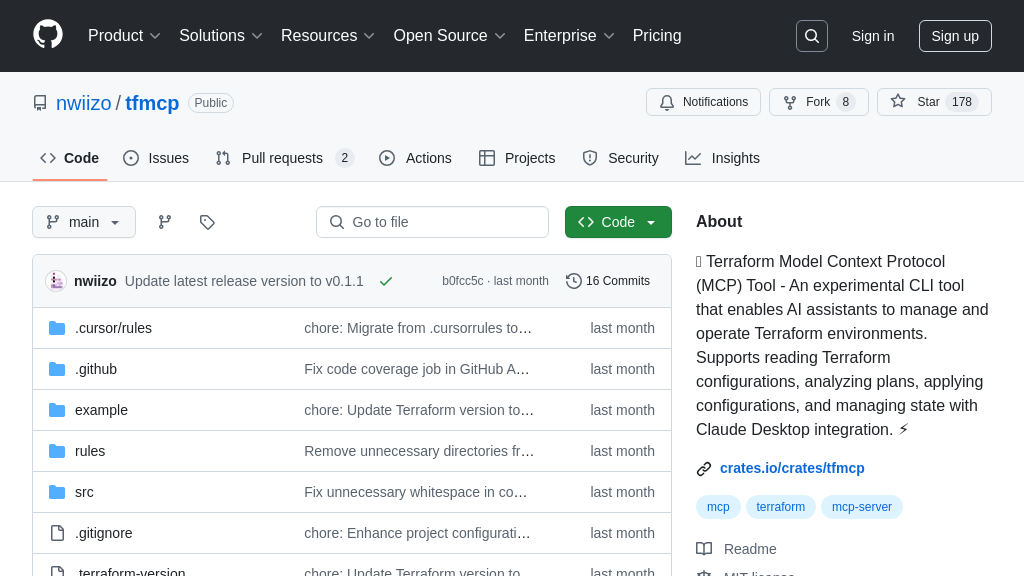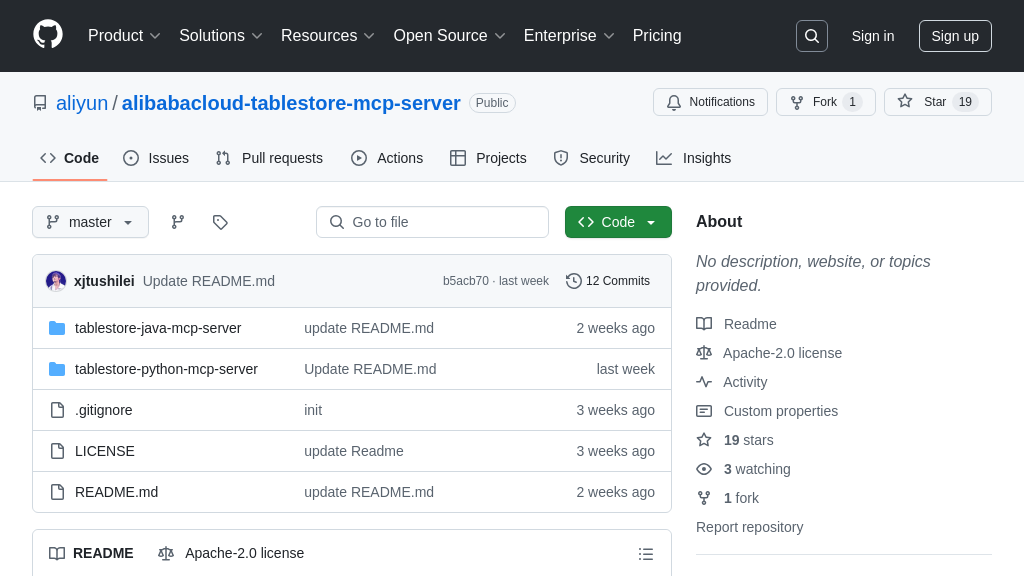mcp-k8s-eye
mcp-k8s-eye: Kubernetes management and analysis as an MCP Server.
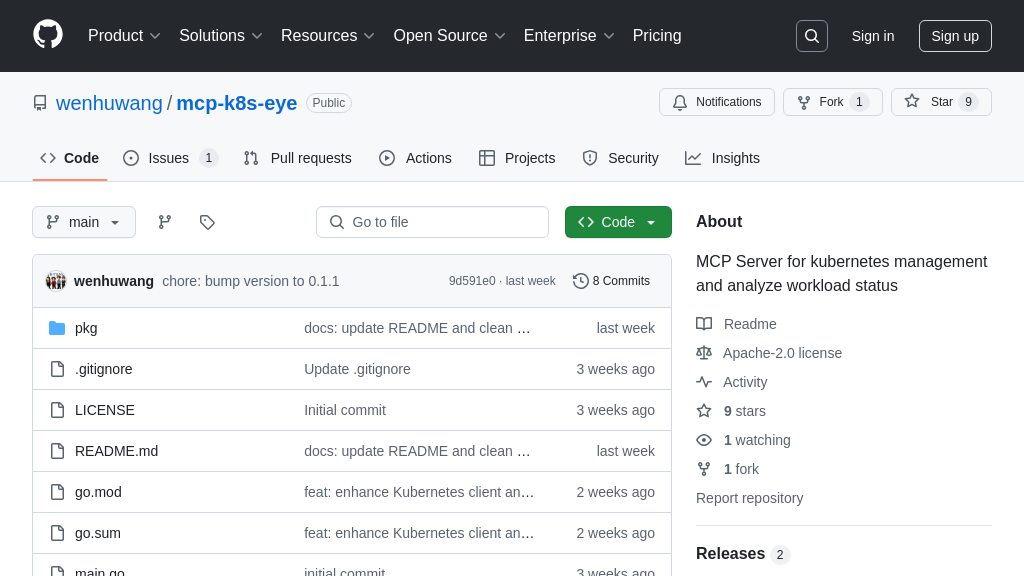
mcp-k8s-eye Solution Overview
mcp-k8s-eye is a valuable MCP Server designed to provide comprehensive management and analysis of Kubernetes clusters and their workloads. It empowers AI models with the ability to understand and interact with the underlying infrastructure. This tool offers functionalities such as listing, getting, and deleting various Kubernetes resources like Pods, Deployments, and Services. It also provides crucial insights through workload analysis, enabling AI models to make informed decisions based on the cluster's state.
By connecting to Kubernetes clusters, mcp-k8s-eye eliminates the complexity of direct interaction, simplifying tasks like scaling deployments or retrieving logs. Its core value lies in abstracting Kubernetes management, allowing AI models to focus on their primary tasks without being burdened by infrastructure intricacies. Built using Go, mcp-k8s-eye integrates seamlessly with the MCP ecosystem, requiring only the path to the executable and the user's home directory for kubeconfig. This integration streamlines the deployment and management of AI solutions in Kubernetes environments.
mcp-k8s-eye Key Capabilities
Kubernetes Resource Management
mcp-k8s-eye provides comprehensive management capabilities for Kubernetes resources, acting as an MCP Server. It allows users to list, get, and delete various Kubernetes resources such as Pods, Deployments, Services, StatefulSets, DaemonSets, and Ingresses. This functionality enables AI models and related applications to dynamically interact with and manage the underlying infrastructure. For example, an AI-powered deployment tool can use mcp-k8s-eye to scale deployments based on real-time performance metrics or to automatically roll back failed deployments. The tool leverages the Kubernetes API through kubectl configuration, ensuring secure and authorized access to the cluster. This direct control over Kubernetes resources is crucial for AI applications that require dynamic resource allocation and management.
Real-time Workload Analysis
The tool offers real-time analysis of Kubernetes workloads, including Pods, Services, Deployments, StatefulSets, DaemonSets, Ingresses, Nodes, and the overall cluster. This analysis provides valuable insights into the health, performance, and resource utilization of these components. For instance, an AI model training pipeline can use this feature to monitor the CPU and memory usage of its Pods, identifying potential bottlenecks and optimizing resource allocation. The analysis capabilities extend to detecting anomalies and predicting potential failures, allowing for proactive intervention and preventing downtime. This proactive monitoring and analysis are essential for maintaining the stability and efficiency of AI workloads running on Kubernetes.
Secure Cluster Interaction
mcp-k8s-eye facilitates secure interaction with Kubernetes clusters by leveraging the existing kubectl configuration. This ensures that all operations are performed with the appropriate authentication and authorization, adhering to the cluster's security policies. The tool supports various authentication methods configured in kubectl, such as kubeconfig files, service accounts, and client certificates. This secure access is paramount for protecting sensitive data and preventing unauthorized modifications to the cluster. For example, an AI-powered security tool can use mcp-k8s-eye to audit cluster configurations and identify potential security vulnerabilities, ensuring compliance with industry best practices. The use of standard Kubernetes authentication mechanisms simplifies integration and enhances the overall security posture of the MCP ecosystem.
Technical Implementation
mcp-k8s-eye is implemented in Go, ensuring performance and portability. It requires Go 1.23 or higher and relies on the kubectl configuration for interacting with Kubernetes clusters. The tool's architecture is designed for easy integration into the MCP ecosystem, allowing it to be invoked as an MCP Server. The use of Go enables cross-platform compatibility and efficient resource utilization, making it suitable for deployment in various environments. The codebase is well-structured and documented, facilitating maintenance and extension. The reliance on kubectl ensures compatibility with existing Kubernetes infrastructure and simplifies the configuration process.

